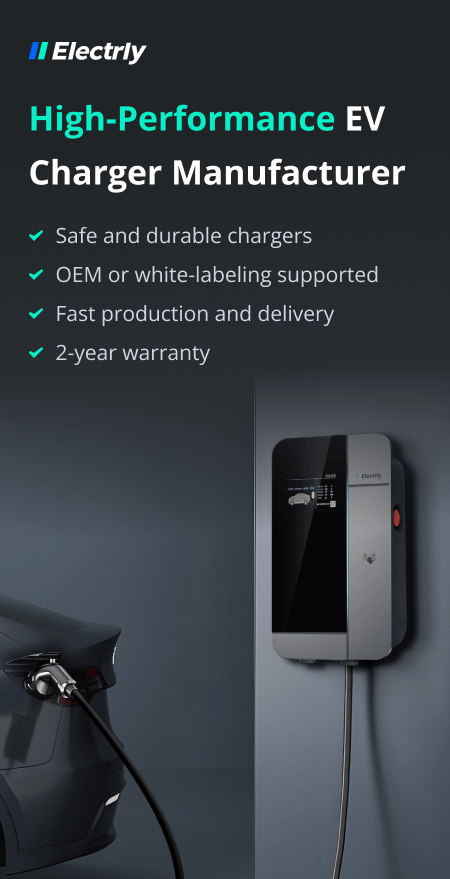A Tesla Model 3 is Tesla's most affordable EV. Like all the other models (and most EVs), its batteries are charged via a home charger or a public one.
The capacity of a battery and circuit is measured in kWh, or kilowatt-hours. This refers to how many thousands of watts (power) are used in terms of time (hours). When you plug your Model 3 in, the charger powers and charges your battery.
This article at Electrly will explain how many kWh it takes to charge a Tesla Model 3 and why it will take slightly more kWh than the batteries will receive.
How Big is the Tesla Model 3 Battery Pack?
New Tesla Model 3 cars are available in three specifications:
- Performance - 82 kWh
- Long Range AWD - 82 kWh
- RWD - 60 kWh
The 82 kWh battery packs are consistent with Tesla's release of its 2170-type cells a couple of years ago.
Charging Inefficiencies Explained
Not all the power your charge point consumes goes directly into the battery. As with anything, there are inefficiencies. In this context, they're known as "charging losses".
For a typical EV (including a Tesla), you'll likely lose about 10% of the energy you put into your car's battery.
For example, if your charger uses 100 kWh, your vehicle's battery would only receive 90 kWh. You would still have to pay for the 100 kWh since that corresponds to the power you've consumed.
Where do these losses go? Basically, heat. There's always some thermal energy loss with any process. The car must also ensure the battery is at the optimal temperature for charging. This consumes extra electrical power.
Finally, there's something known as "transmission loss". This refers to any wire, plug, or other appliance's inefficiencies.
Although we'll take a charging loss figure of 10% for this article, you'll see percentages between 5% and 15%. The most significant factor here is typically climate - the colder it is, the more inefficient the charge point.
How Many kWh to Charge a Tesla Model 3 From Empty to Full?
Let's take 10% as a nice, easy figure to explain charging losses. The Tesla Model 3 RWD technically has a 60 kWh battery pack (although only 57.5 kWh is usable).
So, you plug your Model 3 RWD in and put 57.5 kWh into the batteries. The charge point loses 10% in charging losses. As such, it'll consume 63.9 kWh (and that's what you'll pay for).
63.9 kWh is made up as follows:
- 57.5 kWh stored in the batteries
- 6.4 kWh in charging losses (10%)
For either of the other Model 3 specifications, you need to charge 82 kWh. Again, the usable capacity will be lower, and we'll take 79 kWh as an estimate. This leads to 87.8 kWh in power consumption at the charge point.
How Many kWh Per Year to Power a Tesla Model 3?
This is a much more important figure for your everyday use. We'll use a similar approximation to other places on Electrly and assume the average American car owner drives 14,000 miles per year, using economy statistics from Eco Cost Savings.
-
- Tesla Model 3 Performance: 14,000 miles* 0.30 kWh/mile = 4,200 kWh/year. Accounting for 10% charging loss: 4,667 kWh/year.
-
-
- Tesla Model 3 Long Range AWD: 14,000 miles* 0.29 kWh/mile = 4,060 kWh/year. Accounting for 10% charging loss: 4,511 kWh/year.
-
-
- Tesla Model 3 RWD: 14,000 miles* 0.25 kWh mile = 3,500 kWh/year. Accounting for 10% charging loss: 3,889 kWh/year.
-
-
These figures will, of course, vary based on personal use and your local climate. The average cost per kWh in the United States is about $0.14. Check your local rates to see exactly how much it costs to charge your Model 3!


